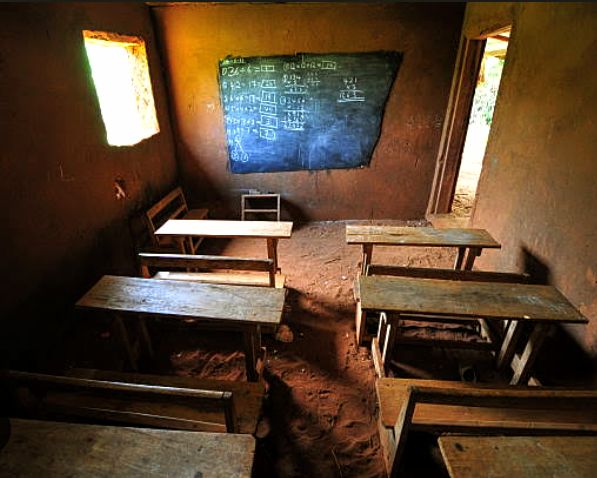Left behind; the silent struggle of children and youth
forced to drop out of school
The gates were open as Mercy( not real names) and her parents, with
other children were being registered to start learning and achieve their
dreams. Mercy, full of potential to be a nurse; others aspired to be lawyers, doctors, etc. All the children were endowed
with the potential required. They accessed the schools in the refugee
settlement with passion and enthusiasm.
Access to education is a fundamental child right for Mercy as per the UN CRC
Article 28. However, the narrative changes as school becomes a place for
nurturing destinies has become an unaffordable necessity to parents. Findings
state that 61.1% are girls and 38.2% are boys who drop out of school in Imvepi Refugee Settlement, according to Jackline (2021).
Mercy succumbs as a victim of school drop out in her upper primary level, and this is
attributed to different factors that interplay in the humanitarian setting.
Culture greatly influences the perception of people and children about school.
It is commonly said by the elderly, “What is education all about? We lived
and grew without it and yet are alive and happy.” Such
attitude limits support for children’s education, triggering dropout. Some of the causes
include poverty, parental attitudes, ignorance, low education quality, i.e.
crowded classrooms, thus less consideration for the ideal teacher-learner ratio
that is 1:55 by the MoES.
This challenge has an adverse effect on Mercy’s life as her dream was shattered. This manifests in child labor, teenage pregnancy, and in a decade’s time, Mercy succumbed to it as it seemed hopeless for her to return to school again.
One can’t underestimate the role played by the different actors, like the Government, UNHCR,
NGO’s and the community in the implementation of education and its access.
Lead education partners, such as Windle International, ZOA, World Vision, IRC, and so on, have done an incredible job in the refugee camp. But yet more effort is needed in the midst of
the limited resources and underfunding.
It’s still hopeful that Mercy and other children’s futures can be restored. This is possible
through the collaboration of the different stakeholders. Community sensitization, implementing
bridging programs and increasing enrollment, and involving children and youth
in the formulation and dissemination of the Education plan to stakeholders. Such initiatives unlocks potential and builds a better future for all.
Written By: Obote Milton
+256 (0)763062362/ +256 (0) 778122604
Youth, Children’s and women’s advocate, Social worker
Relevant References
I.
United
Nations (1989). Convention on the rights of children.
https://www.ohchr.org/en/instruments-mechanisms/instruments/convention-rights-child
II.
Yangi.,
Justine (2021). Factors contributing to school dropout in Imvepi refugee
settlement
http://hdl.handle.net/20.500.12281/9519
III.
Ministry
of education and sports. (2023). Second Education response plan for refugees
and host communities in Uganda 2022-2025. Kampla. Ministry of Education and
Sports https://planipolis.iiep.unesco.org/en/2023/second-education-response-plan-refugees-and-host-communities-uganda-202122-202425
This post was created with our nice and easy submission form. Create your post!





